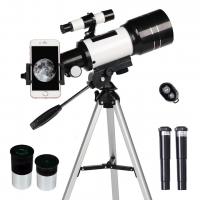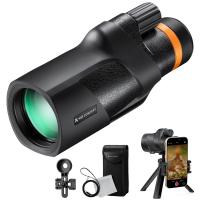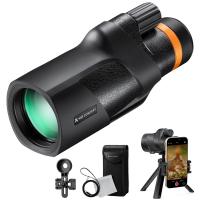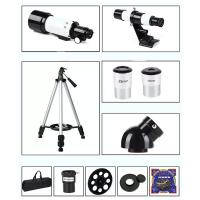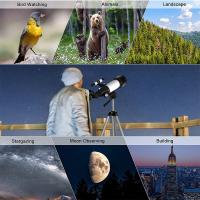How A Telescope Works?
Telescopes have long fascinated humanity, allowing us to peer into the vast expanse of space and uncover the mysteries of the universe. Understanding how a telescope works can be both enlightening and empowering, especially for those who are new to astronomy or considering purchasing their first telescope. In this article, we will delve into the fundamental principles behind telescopes, explore the different types of telescopes, and provide practical advice on how to use them effectively.
The Basic Principles of Telescopes
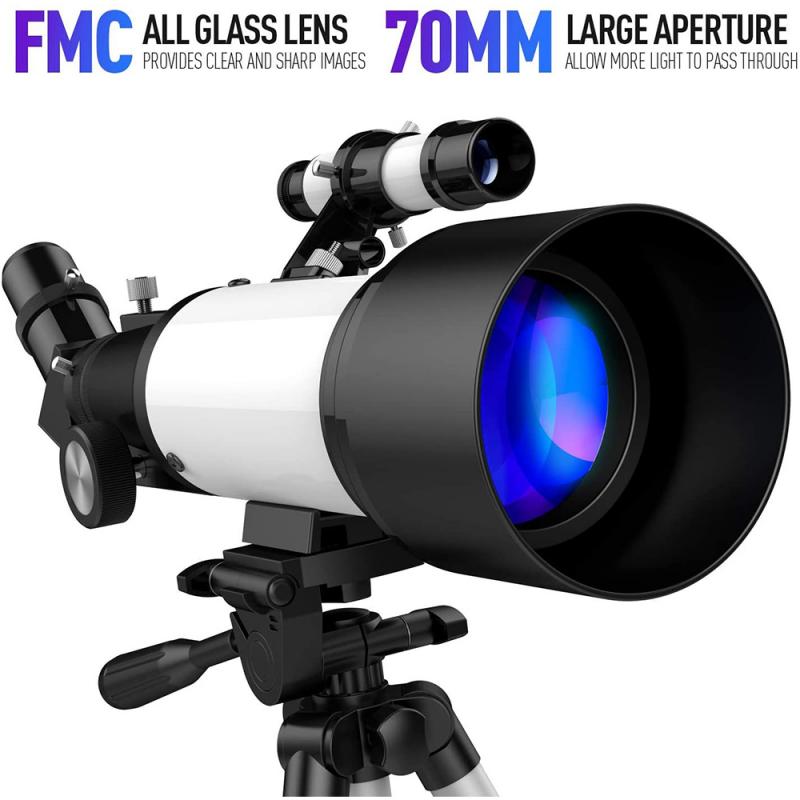
At its core, a telescope is an instrument designed to collect and magnify light from distant objects. The primary function of a telescope is to gather more light than the human eye can, allowing us to see faint and distant objects in greater detail. This is achieved through two main components: the objective lens (or mirror) and the eyepiece.
1. Objective Lens or Mirror: The objective is the main light-gathering element of the telescope. In refracting telescopes, this is a lens, while in reflecting telescopes, it is a mirror. The size of the objective, often referred to as the aperture, determines the telescope's light-gathering power and its ability to resolve fine details.
2. Eyepiece: The eyepiece is a secondary lens that magnifies the image formed by the objective. By changing the eyepiece, you can adjust the magnification of the telescope.
Types of Telescopes
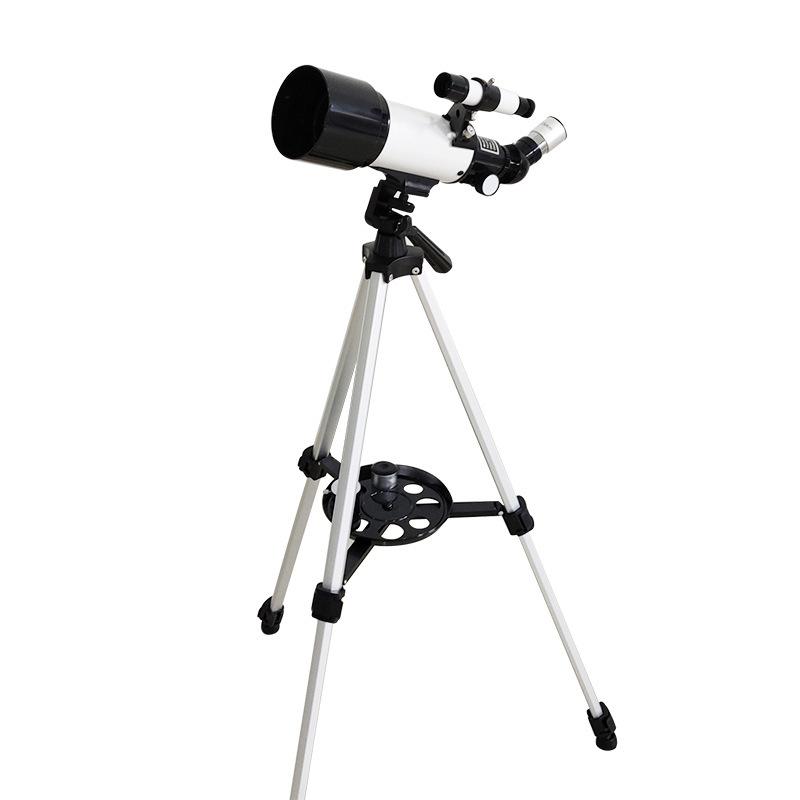
There are three primary types of telescopes: refracting telescopes, reflecting telescopes, and catadioptric telescopes. Each type has its own advantages and disadvantages, making them suitable for different observing needs and preferences.
1. Refracting Telescopes: These telescopes use lenses to bend (refract) light to a focal point. They are known for their simplicity and durability, as the lenses are fixed and do not require frequent alignment. Refractors are excellent for viewing planets and the moon, providing sharp and high-contrast images. However, they can be more expensive per inch of aperture compared to other types and may suffer from chromatic aberration, where different colors of light are focused at slightly different points.
2. Reflecting Telescopes: Reflectors use mirrors to gather and focus light. The primary mirror reflects light to a secondary mirror, which then directs it to the eyepiece. Reflecting telescopes are generally more affordable per inch of aperture and do not suffer from chromatic aberration. They are ideal for deep-sky observations, such as viewing galaxies and nebulae. However, they require regular maintenance, including collimation (alignment of the mirrors), and the open tube design can be susceptible to dust and debris.
3. Catadioptric Telescopes: These telescopes combine lenses and mirrors to correct optical aberrations and provide a compact design. The most common types are Schmidt-Cassegrain and Maksutov-Cassegrain telescopes. Catadioptrics offer versatility, being suitable for both planetary and deep-sky observations. They are portable and often come with advanced features like computerized mounts. However, they can be more expensive and may require longer cool-down times to reach thermal equilibrium.
How Telescopes Magnify Objects
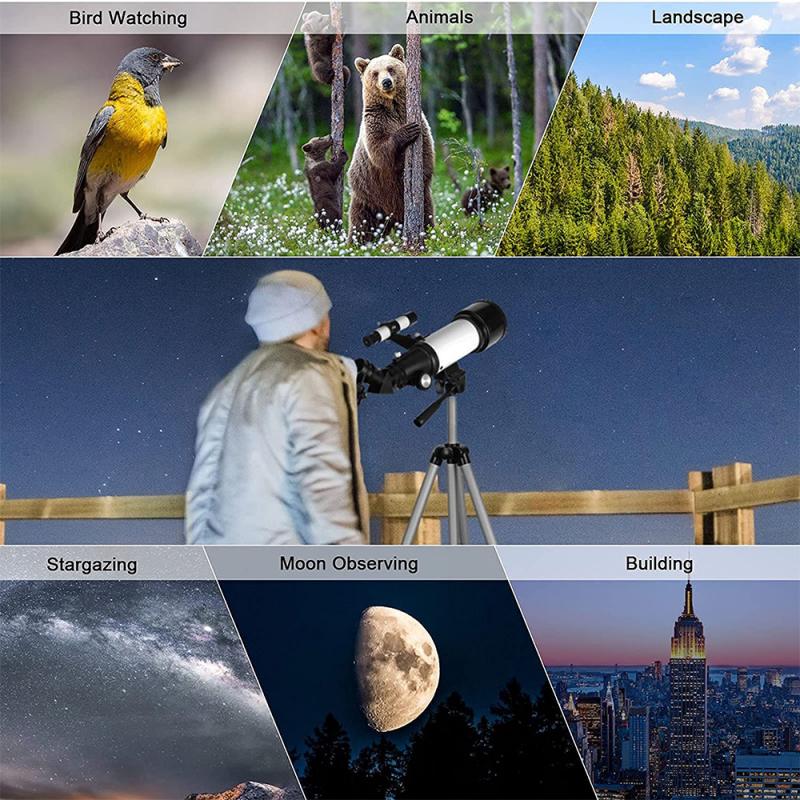
Magnification in a telescope is determined by the focal length of the objective and the focal length of the eyepiece. The formula for calculating magnification is:
\[ \text{Magnification} = \frac{\text{Focal Length of Objective}}{\text{Focal Length of Eyepiece}} \]
For example, if a telescope has a focal length of 1000mm and you use a 10mm eyepiece, the magnification would be:
\[ \text{Magnification} = \frac{1000}{10} = 100x \]
It's important to note that higher magnification is not always better. Excessive magnification can lead to a dimmer and blurrier image. The practical limit of magnification is often determined by the aperture of the telescope and atmospheric conditions.
Practical Tips for Using a Telescope
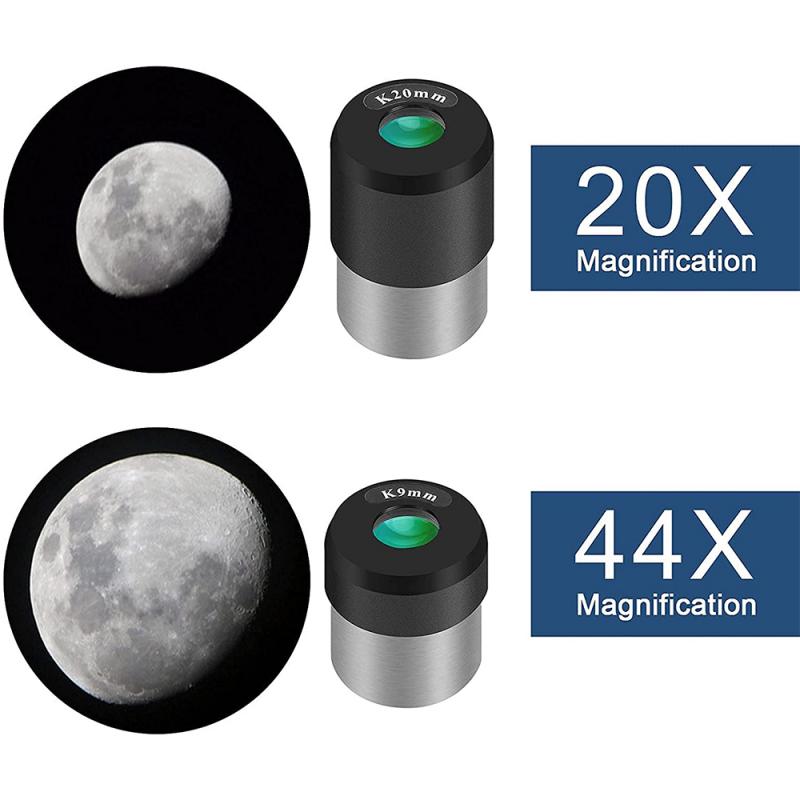
1. Choosing the Right Telescope: Consider what you want to observe and your budget. For beginners, a good quality refractor or a small to medium-sized reflector is often recommended. Catadioptrics are great for those who want a versatile and portable option.
2. Setting Up Your Telescope: Find a stable and level surface for your telescope. If you have a computerized mount, follow the alignment procedure to ensure accurate tracking of celestial objects.
3. Cooling Down: Allow your telescope to reach thermal equilibrium with the outdoor temperature. This can take 30 minutes to an hour, depending on the size and type of telescope.
4. Using the Finder Scope: A finder scope is a small, low-power telescope attached to the main telescope. It helps you locate objects in the sky and align your telescope. Make sure it is properly aligned with the main telescope.
5. Starting with Low Magnification: Begin your observations with a low-power eyepiece. This provides a wider field of view, making it easier to locate objects. Once you have the object centered, you can switch to a higher-power eyepiece for more detail.
6. Focusing: Use the focus knob to bring the object into sharp focus. Take your time, as even slight adjustments can make a big difference.
7. Observing Conditions: The quality of your observations can be affected by light pollution, atmospheric turbulence, and weather conditions. Try to observe from a dark location, and be patient with the ever-changing atmosphere.
Common Issues and Troubleshooting
1. Blurry Images: This can be caused by poor seeing conditions, misaligned optics, or using too high magnification. Ensure your telescope is properly collimated and try using a lower magnification.
2. Difficulty Finding Objects: Make sure your finder scope is aligned with the main telescope. Use star charts or astronomy apps to help locate objects.
3. Dew on Optics: Dew can form on the lenses or mirrors, especially during humid nights. Use a dew shield or a gentle hairdryer to remove moisture.
4. Mechanical Issues: Regularly check and maintain your telescope's mount and tripod. Tighten any loose screws and ensure smooth movement of the mount.
Understanding how a telescope works and how to use it effectively can greatly enhance your stargazing experience. By choosing the right type of telescope, setting it up correctly, and following best practices for observing, you can unlock the wonders of the night sky. Whether you are interested in viewing the craters of the moon, the rings of Saturn, or distant galaxies, a telescope can be your window to the universe. Happy observing!


